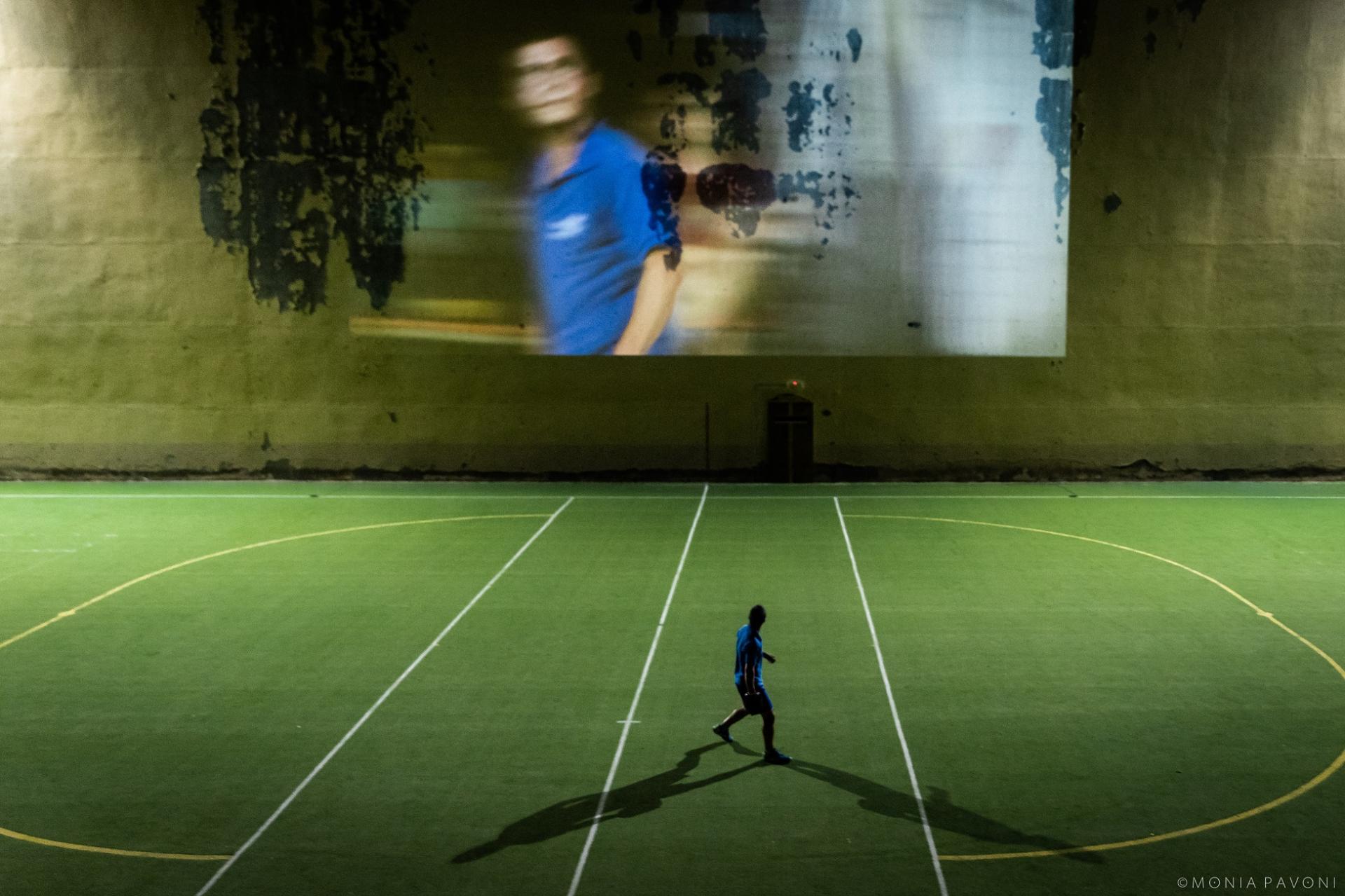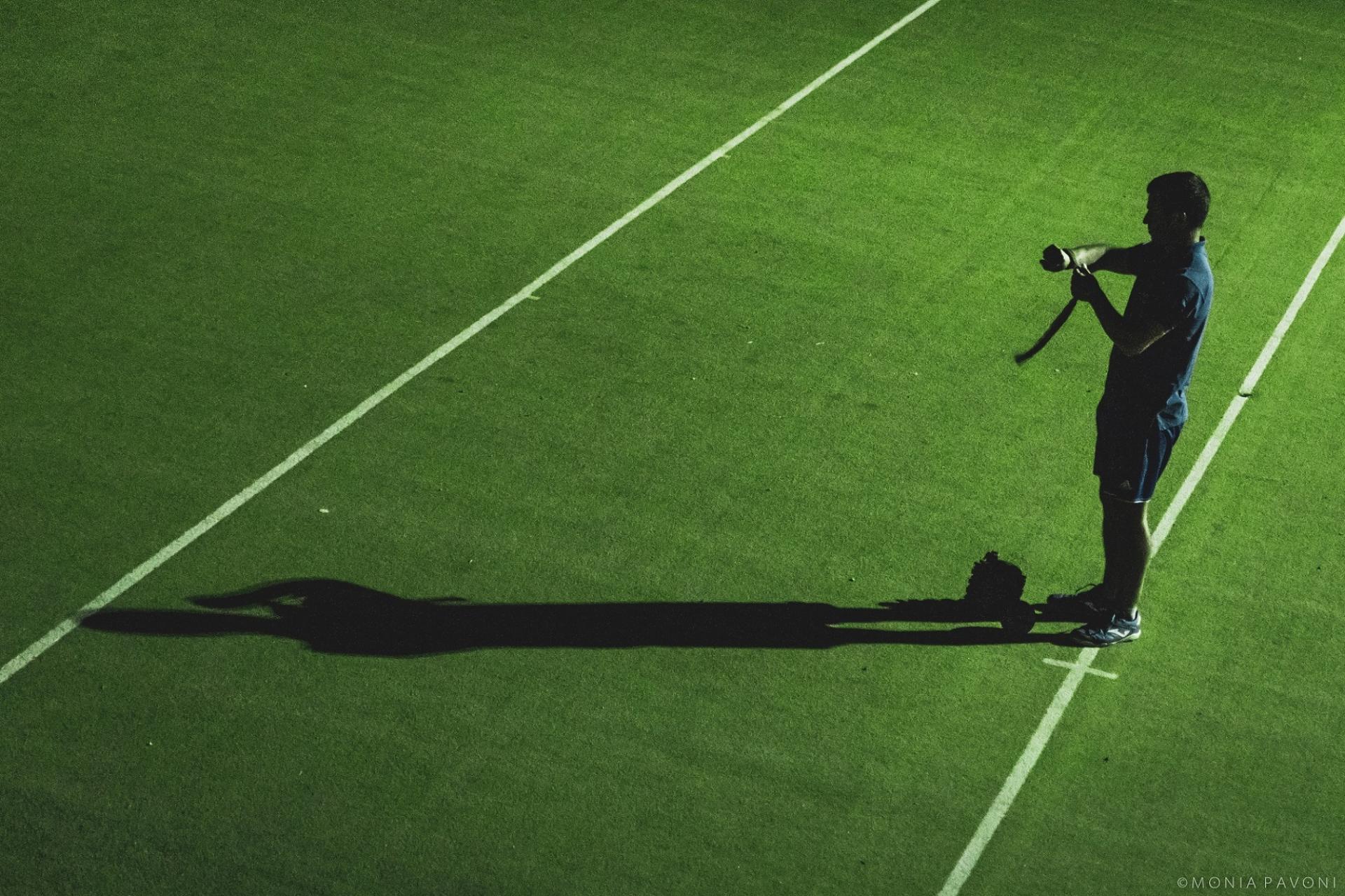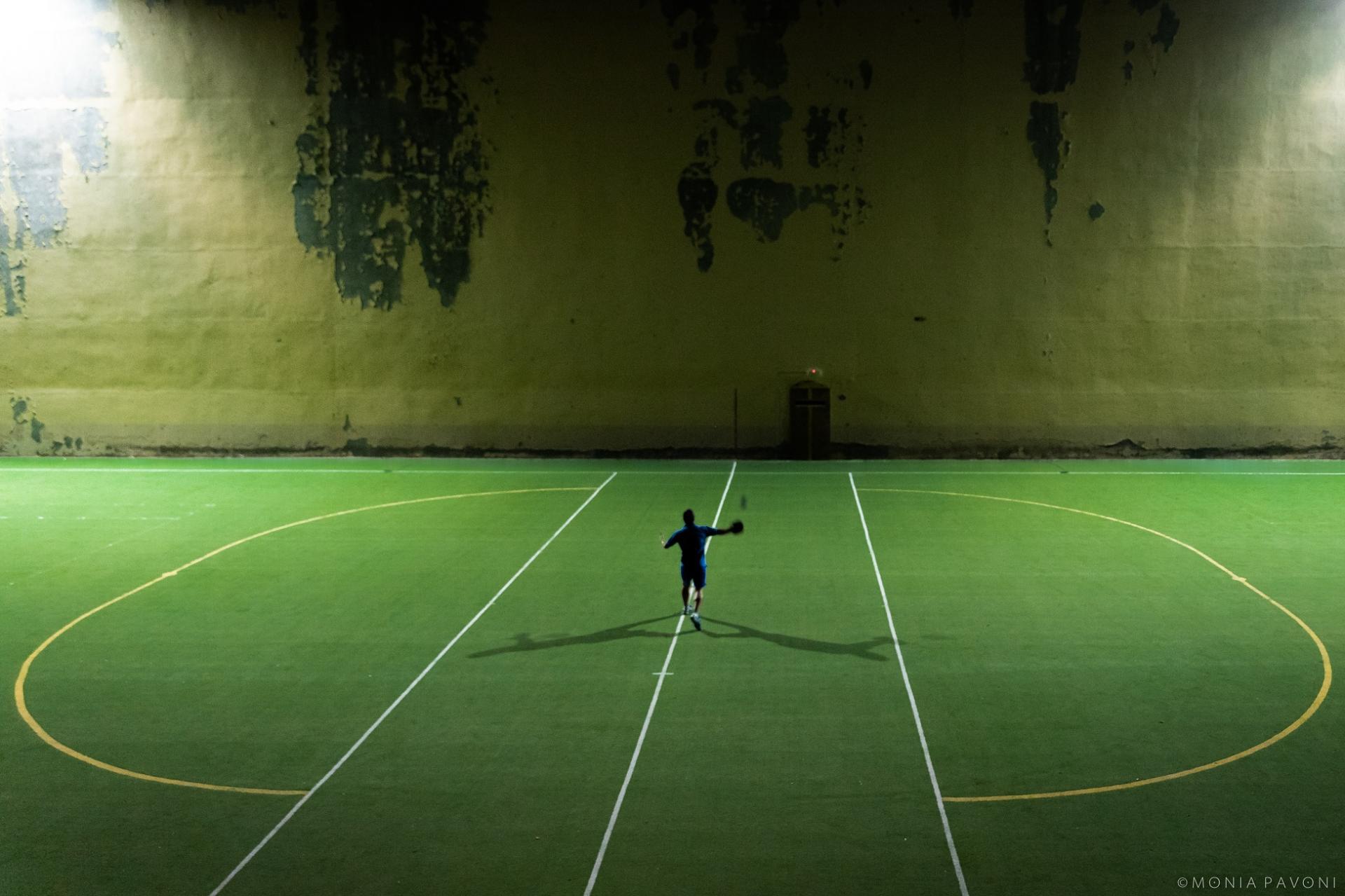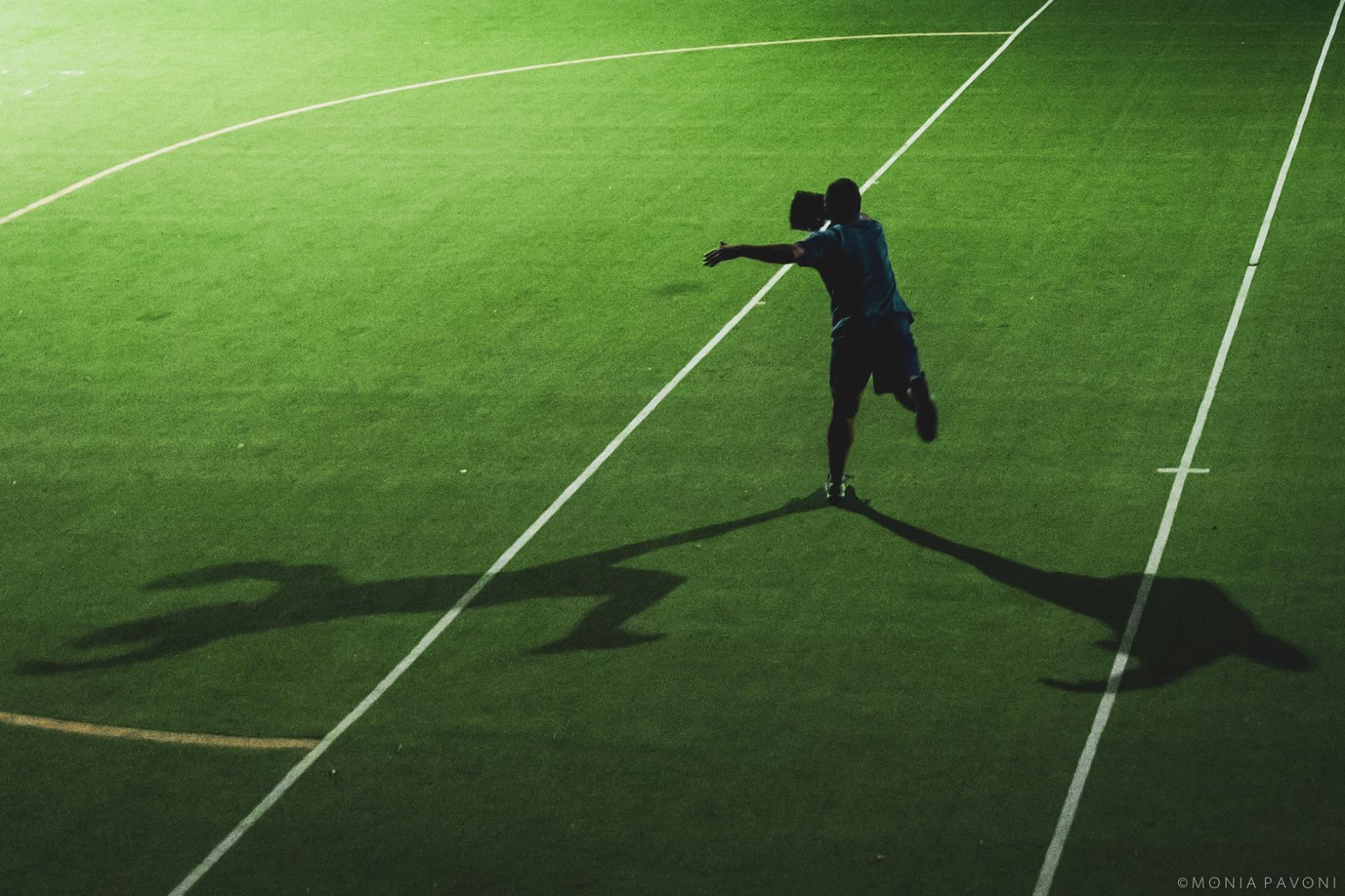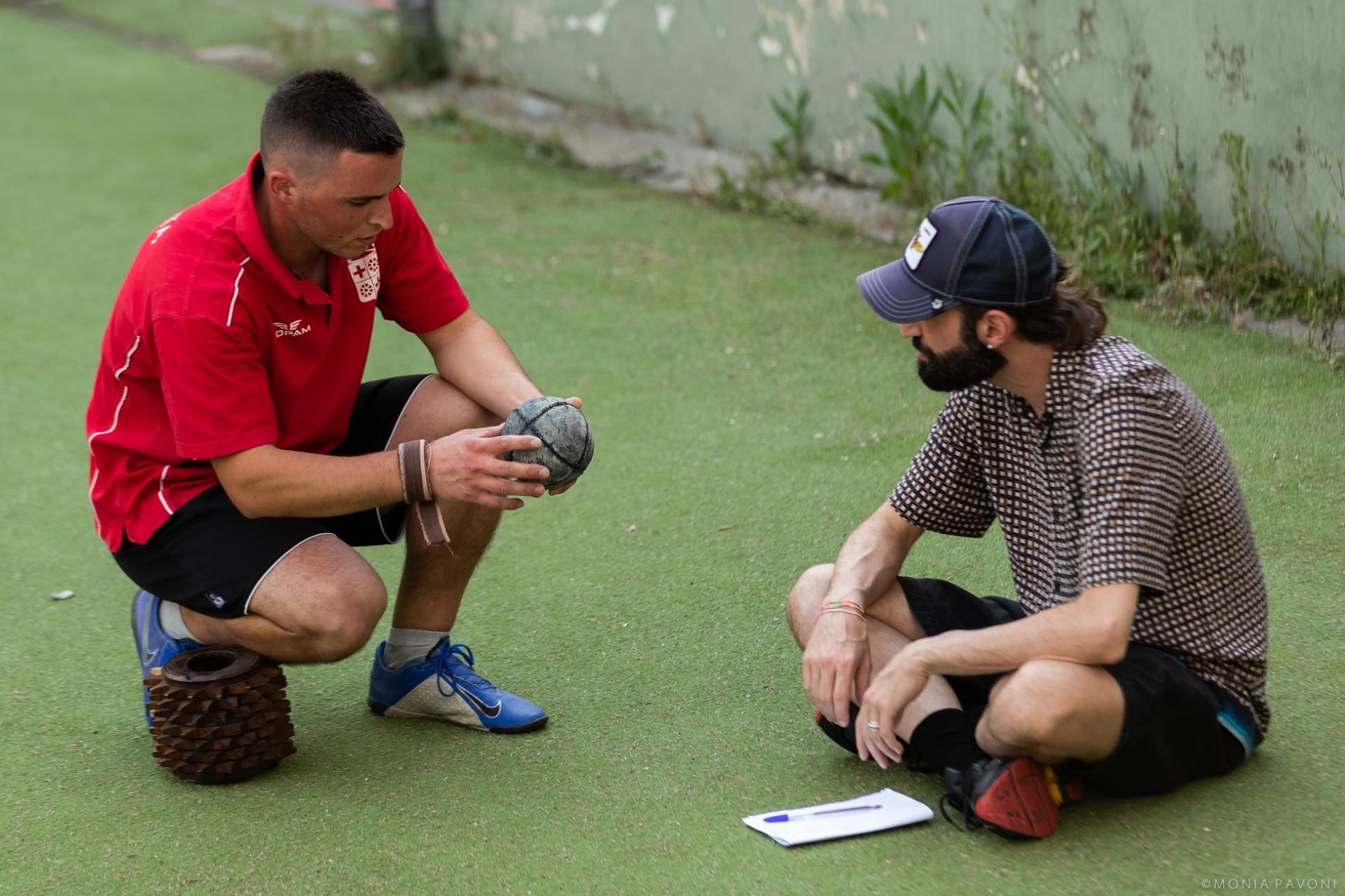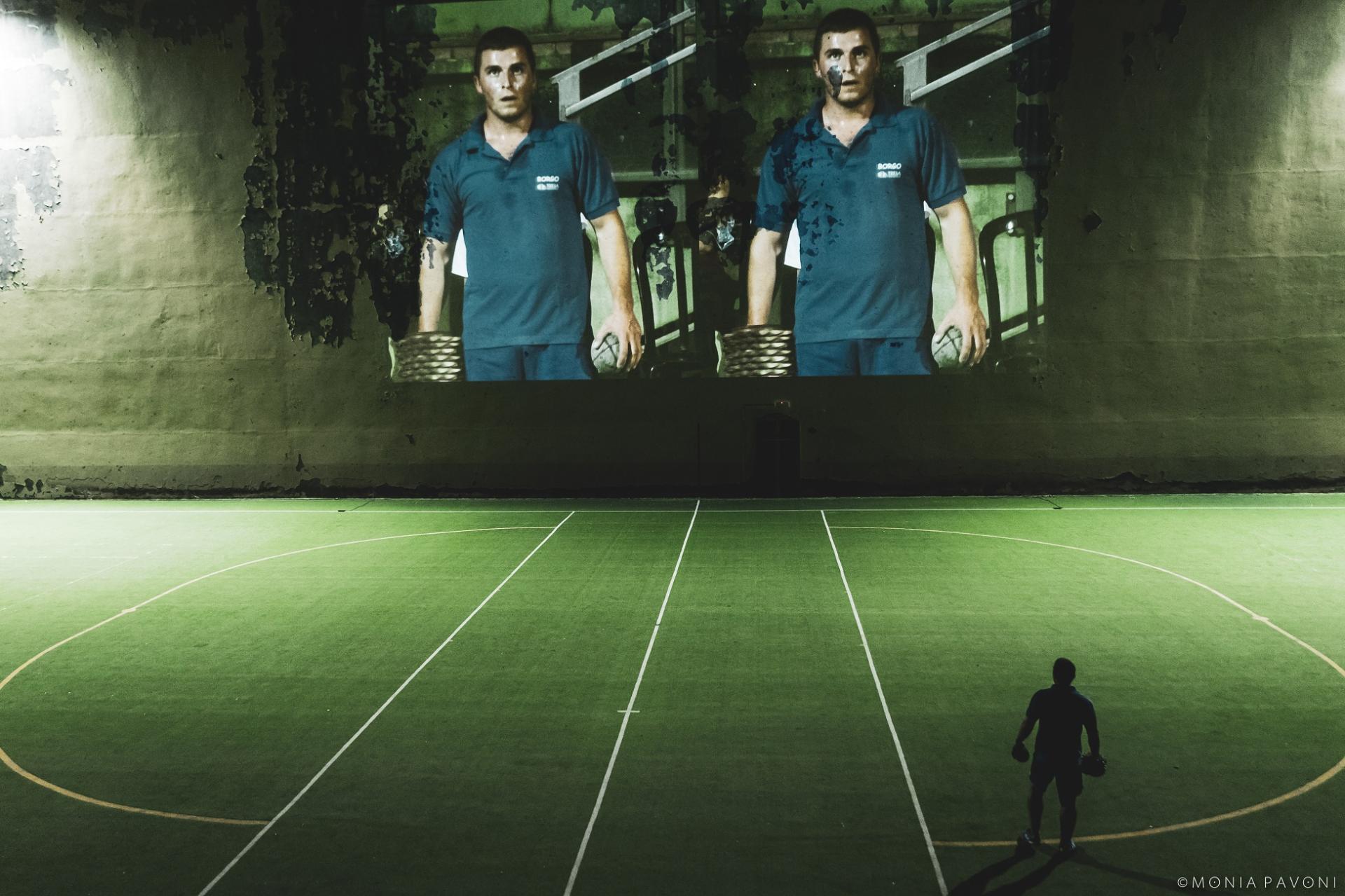PLAY a project by Alessandro Sciarroni
Basic information
Project Title
Full project title
Category
Project Description
PLAY, performance/video installation by the artist Alessandro Sciarroni, revisits in a contemporary way the Pallone al Bracciale, a game practiced during the Renaissance and still played in Italy in facilities called Sferisteri thanks to the passion of small but very active community working to keep it alive.
Starting from the sense of belonging to an ancient tradition, PLAY focuses on the concept of time and duration, bringing the performers to measure themselves with dedication and endurance.
Geographical Scope
Project Region
Urban or rural issues
Physical or other transformations
EU Programme or fund
Which funds
Description of the project
Summary
In PLAY, a creation produced by Fabbrica Europa, which originates from the ancient game of the Pallone al bracciale, the Italian artist Alessandro Sciarroni revisits in a contemporary way, through a performance/live video installation, the concepts of time and duration, bringing the performers to measure themselves with dedication, endurance, energy.
The Pallone al Bracciale is a game that was practiced during the Renaissance and that is still played in Italy in special facilities called Sferisteri.
PLAY was presented at the Sferisterio delle Cascine in Florence. In the 80 meters long and 18 meters wide field, a man – a professional player – is alone in this huge space. With the heavy wooden “bracciale”, he relentlessly throws the leather ball against the wall. The lightness and agility in the feet and legs and the strength in the arms create a dynamic movement that becomes almost a dance.
Along the wall, three cameras that capture the details of the effort, of the flow of movements, of the ability to control the mighty blows. The images projected on the high wall let the viewer enter the game, returning the subjective view of the performer.
Microphones pick up and amplify the impact of the ball on the “bracciale”, on the wall or on the ground. A hard and increasingly loud sound that intertwines with the sound composition created by Telemann Rec. to accompany the action.
The Pallone al bracciale, an team game, is depicted here in a solitary dimension. A lonely man in a huge space plays his own game, challenges his limits and expands the void, filling it with powerful echoes and resonances.
A contemporary artistic experience that wants underline the sense of belonging to this centuries-old tradition of a small but active community committed in Florence, as well as in other parts of Italy, to keeping this ancient game alive. A community that is like a family system that teaches the game to the new generations and respects it with a moving, almost touching love.
Key objectives for sustainability
Key objectives of the PLAY project are the following:
- to connect with local historical heritage, starting from the Florentine, Tuscan and Italian tradition of the ancient game of the Pallone al bracciale, revisited through the gaze of a contemporary artist
- to underline the sense of belonging of the small Italian community that is keeping the game alive and is committed in the transmission of its knowledge to the new generations
- to involve new audiences and let them know a little known tradition
- to show how art can be used to renew a tradition with a multidisciplinary approach and by the involvement of a community
- to use an existing public space (the Sferisterio in Florence, the playgroung of the Pallone al bracciale) giving it a new diemsion as a spece for artistic performance
Key objectives for aesthetics and quality
The project has been created by Alessandro Sciarroni, one of the most important Italian artists active in the field of performing arts with several years of experience in visual arts and theater research. In 2019 he was awarded the Golden Lion for Lifetime Achievement in Dance by the Venice Biennial. His work make use of a theatrical framework, and he can use some techniques and experiences from dance, as well as circus or sports. In addition to the rigor, coherence and clarity of each creation, his work tries to uncover obsessions, fears and fragilities of the act of performing, through the repetition of a practice to the limits of the physical endurance of the interpreters, looking at a different dimension of time, and to an empathic relationship between the audience and the performers.
In this creation Sciarroni has used a multimedia approach, starting from the sport gesture that has been amplified by the use of an original sound composition and live video shootings to return the subjective view of the performer and show the audience his energy, effort and endurance but also his loneliness.
The whole process has been accompanied by an historical research on ancient documents and by a continuous exchange with Pallone al bracciale scholars and players. For presenting his creation, Sciarronei choose two real players who became the performers of PLAY.
Key objectives for inclusion
As written above, the process of creation of PLAY has involved coaches and players, particularly from the Florentine not-for-profit sport association Club Sportivo Firenze, a group of people that keep the tradition of Pallone al bracciale alive and that have responded with enthousiasm to the proposal of Alessandro Sciarroni to tranform the game into a performative act. The creation is therefore the result of a co-desing between non-professional sport representatives and artists (PLAY has also involved the musicians Aurora Bauzà and Pere Jou).
In the first rehearsals Sciarroni has also involved under 18 and girls players to give an inclusive dimension to the process.
The presentation at the Sferisterio in Florence has been opened to Florentine citizens who had the opportunity to (re)discover this special place in the hearth of the Cascine Park.
Results in relation to category
This project has allowed to increase the knowledge of a tradition that in Italy have been very important during the Renaissance and the end of the 1700s and the beginning of the 1800s when the matches of Pallone al bracciale game became like public shows and the players were stars loved by the public.
Currently the game is played only by few non-professional players who do other jobs but dedicate their free time to practice this discipline and to teach it to the youngest.
The presentation of PLAY to an audience made up not only by sport fans but also by performing arts spectators has contribute to a better knowledge of a discipline and a tradition that could be in danger of disappearing.
PLAY was presented in Florence as a pilot-project that could be proposed in the future in other sferisteri in other Italian regions, such as Emilia Romagna and Marche, where the Pallone al bracciale continues to be practiced even today, as an experience to regain a sense of belonging to this century-old tradition.
How Citizens benefit
In the design of the PLAY project the artist Alessandro Sciarroni has involved representatives and players from Italian teams and from the not-for-profit sport association Club Sportivo Firenze as well as girls and very young players who, thank to this experience, have had the opportunity to discover the world of contemporary performing arts and to become aware of the aesthetic aspect of their athletic gesture. The non-professional player involved
This project has also allowed to widen the target of people that can appreciate this discipline and its historical value.
Physical or other transformations
Innovative character
The innovative character of the PLAY consists in the idea to use the tools of contempory performing arts to transmit to new audiences an historical legacy.
Learning transferred to other parties
PLAY is a project that can be re- proposed in the future in other sferisteri in other Italian regions as an experience that can contribute to enhance the sense of belonging of a particular community to an ancient tradition.

